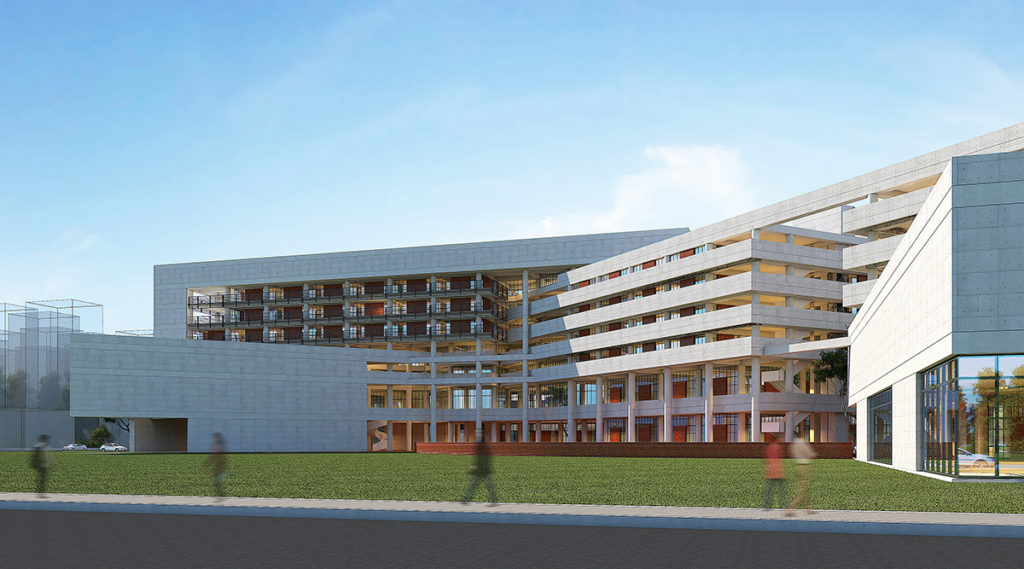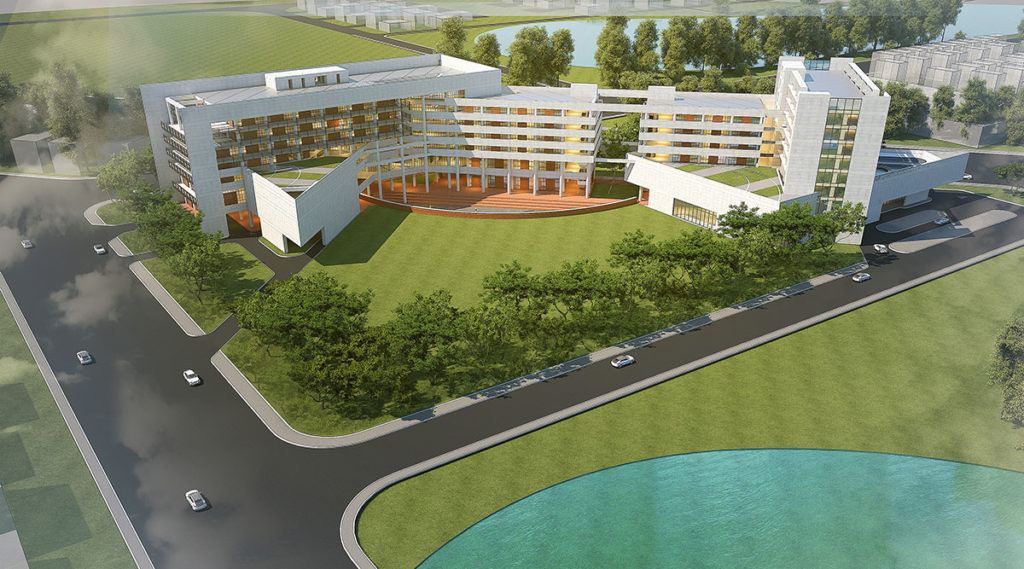National Hotel and Tourism Training Institute – STUDENT THESIS

Tourism and hospitality hold a very significant position in the future development of the country. However, this thriving sector which could help the economy improve is been neglected. In order to restructure the tourism sector, a training institute for tourism and hospitality that will have adequate training facilities to help in building a career for the new generation of professionals is required.
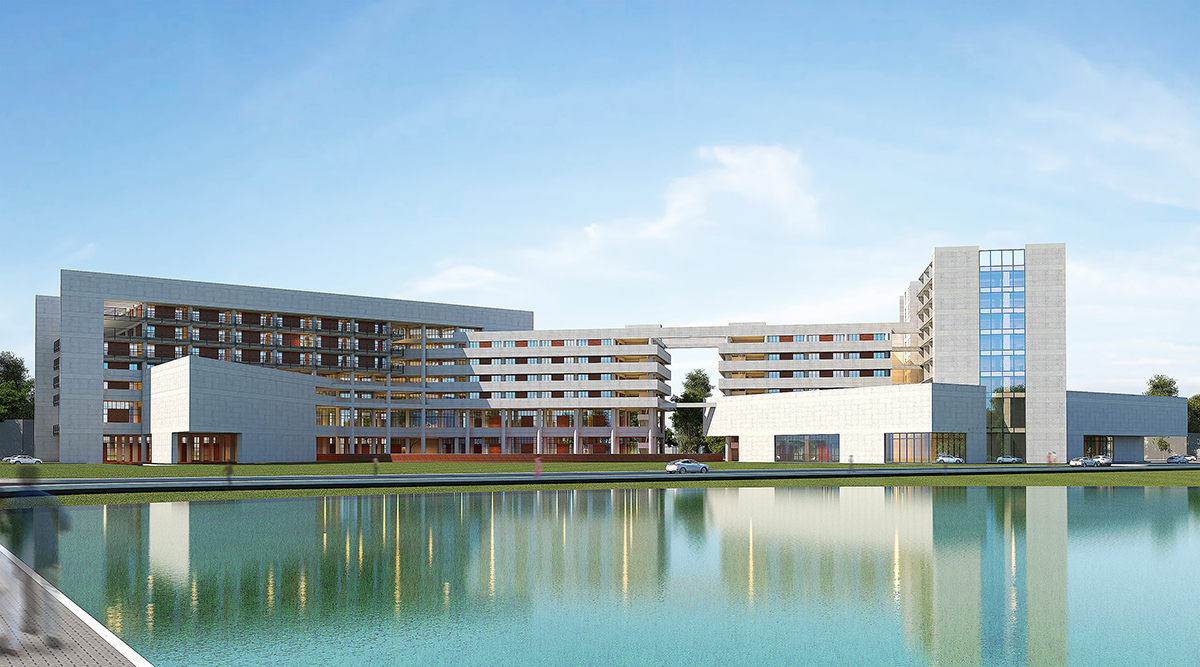
The design of the National Hotel and Tourism Training Institute is aimed at creating a paradigmatic architectural resolution that the country’s policymakers, public representatives and even including students of architecture would be greatly benefitted from. This studio project is proposed by Lamia Wali Upama, a student of Brac University.
The institute has three main components that consist of an academic block, residential facilities that comprise male and female dormitories and a hotel which would act as a training lab for the students. As the complex is a blend of different functional programmes that includes academic, residential and hotel, thoughtful strategy was made in terms of geometry and respecting the site orientation and dynamics.
The main notion was to juxtapose the three functions and dissolving those into one big complex. This action of intersecting masses also has a symbolic significance to the project. The three different functions of masses are fused to create a big holistic experience. Specifically, all being connected together and finally emerging as one single entity. This project examines architectural and urban design issues relating to architectural form and design within Eastern Dhaka context, specifically Purbachal New Town.


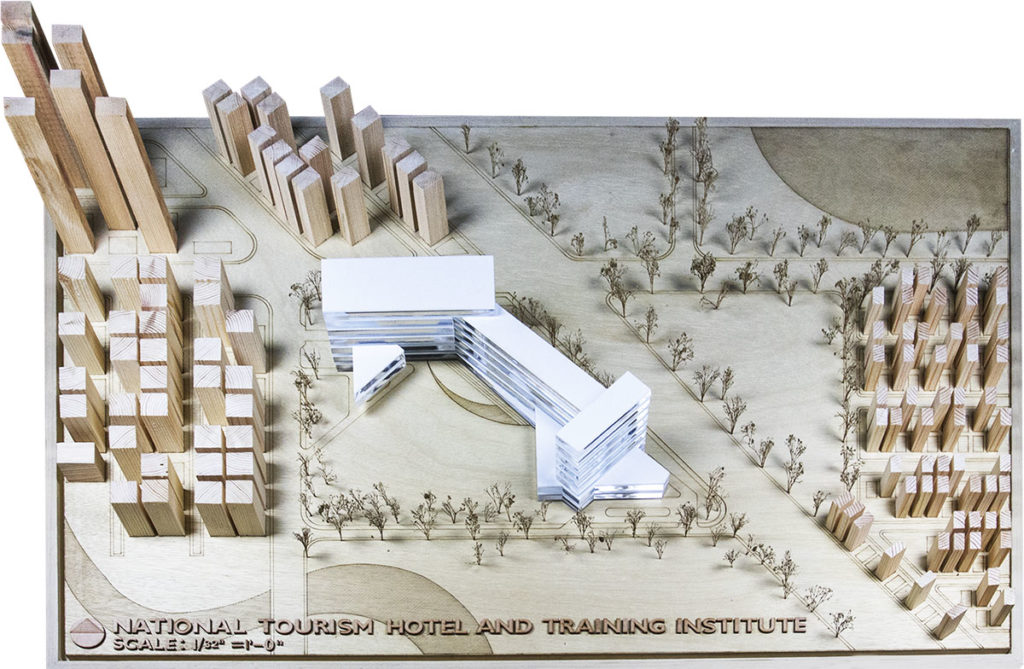
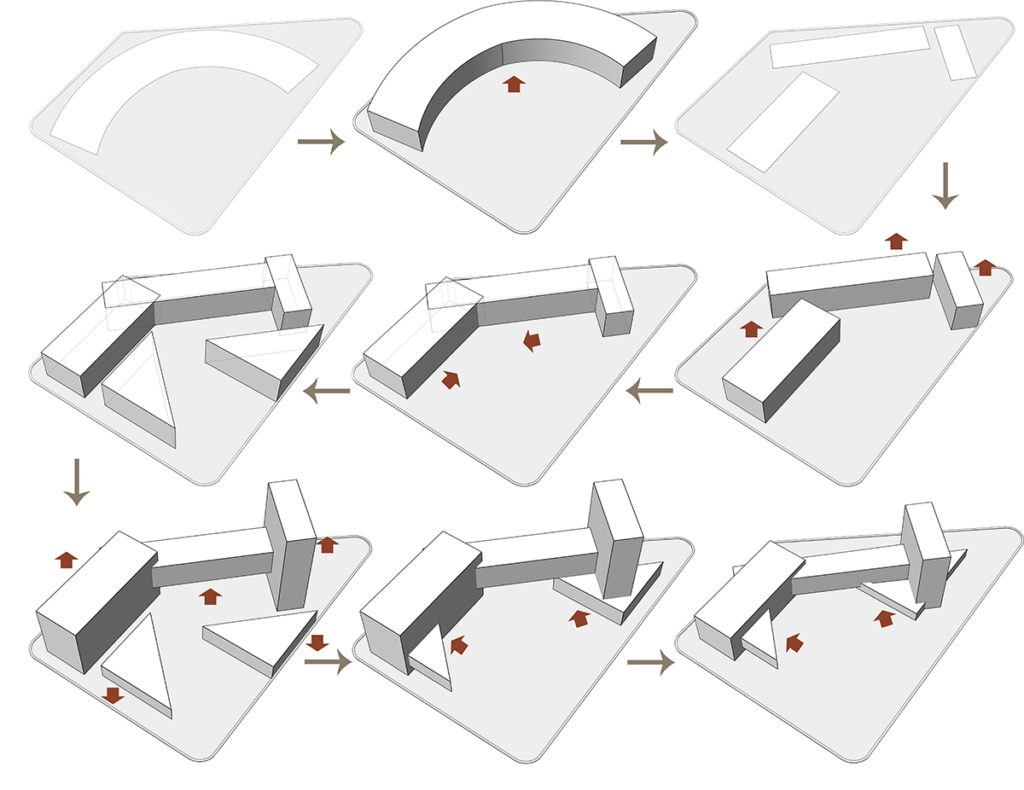
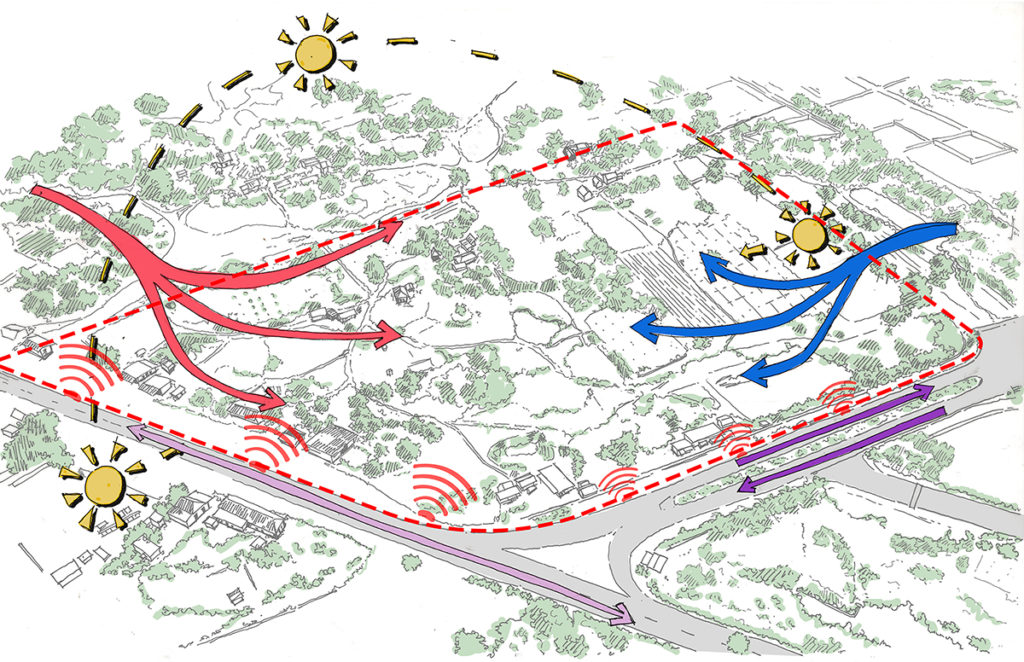
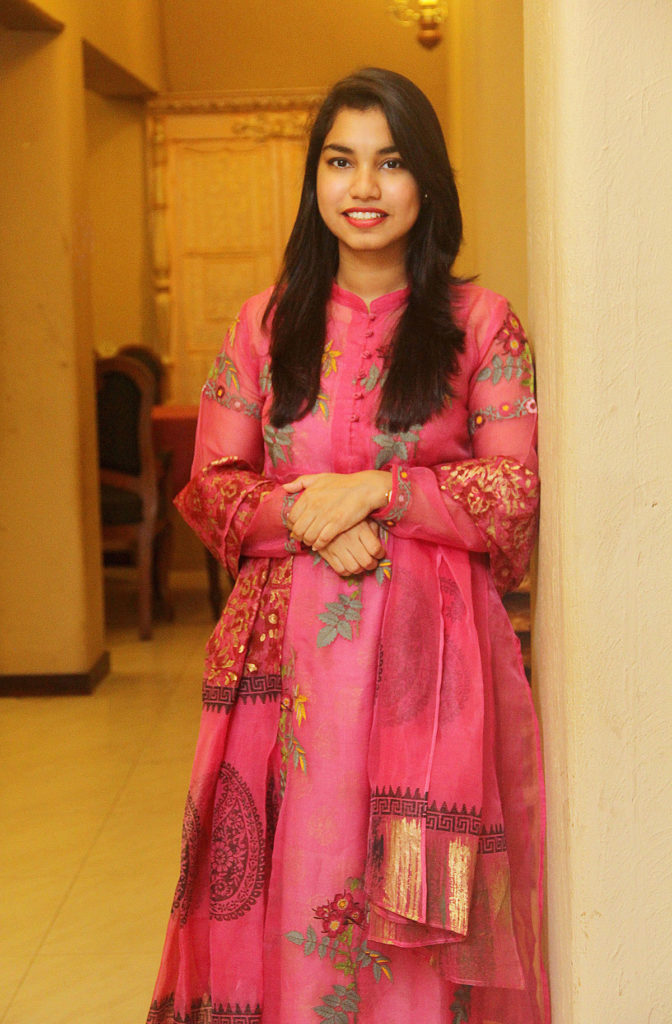
LAMIA WALI UPAMA
Since the project is intended to create a paradigm of place responsive architecture with particular reference to the city’s dense urban fabric, the design attempted to create a viable and efficient compact urban form that could be emulated by the future researchers and policymakers to validate the neediness of compact development resolution against urban sprawl.
The design also experiments with geometry, shapes and forms and their complex juxtaposition to show how an architectural project would respond to a high density city like Dhaka. This project in Purbachal ultimately becomes a paradigm of dense building development suited to the context of a city that has a growing urban population.

